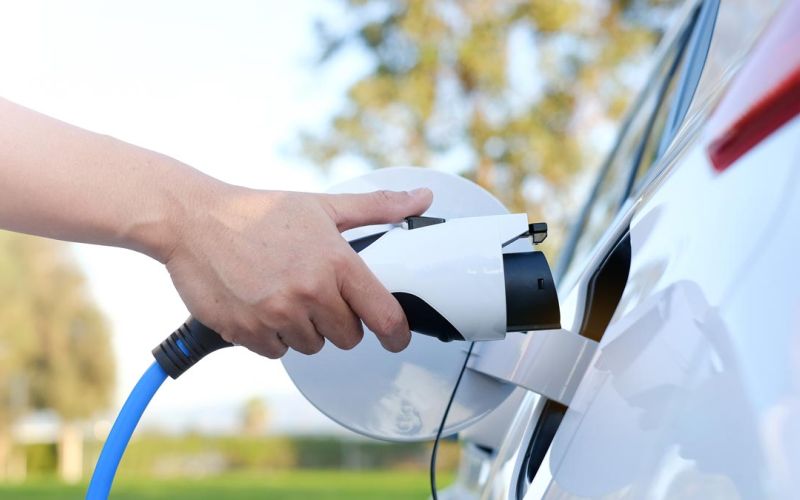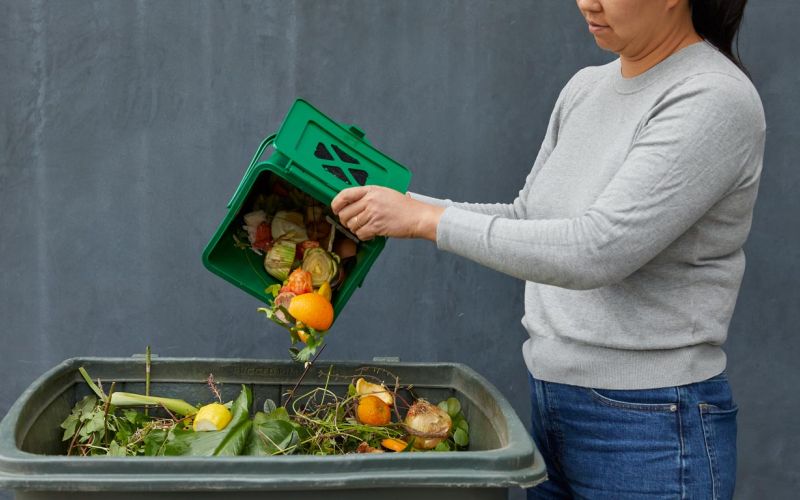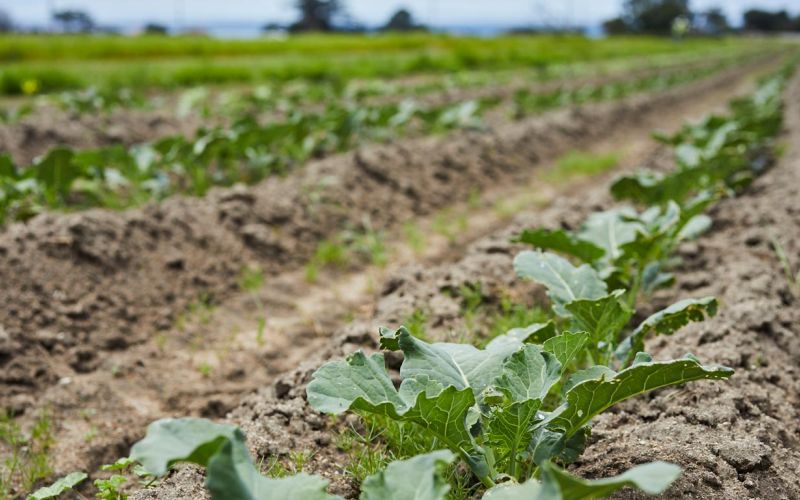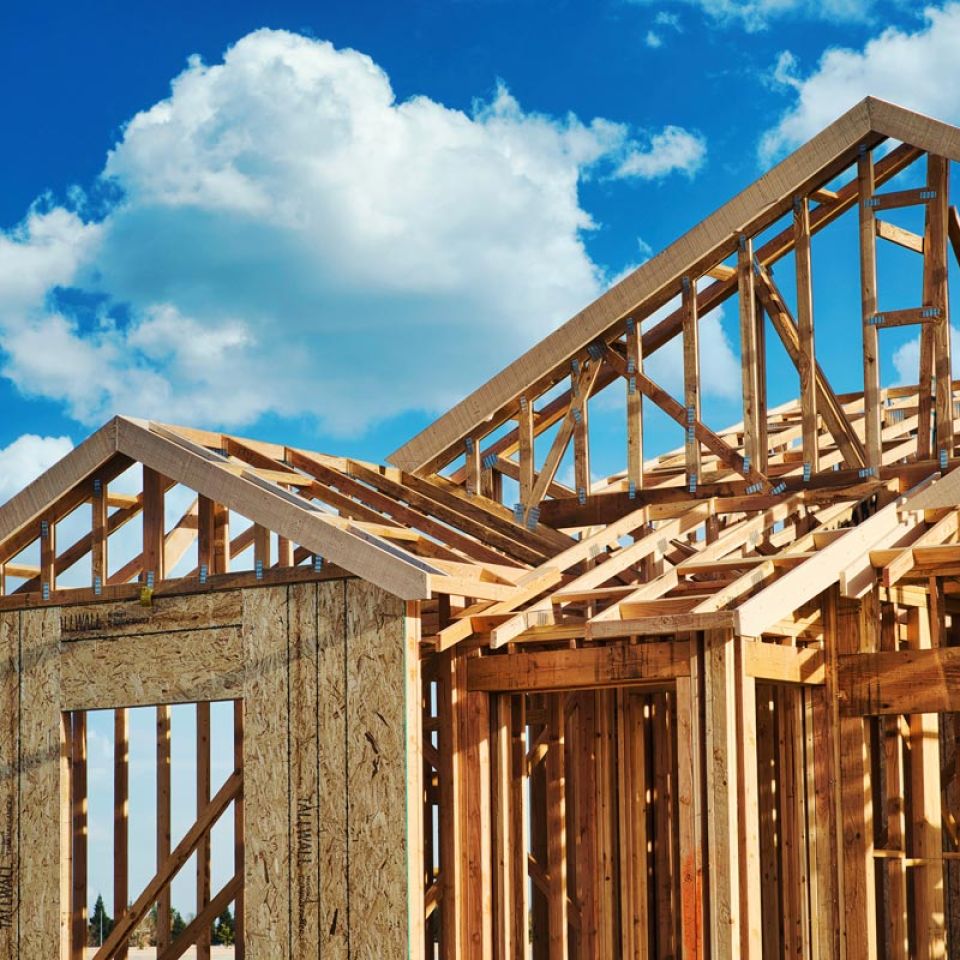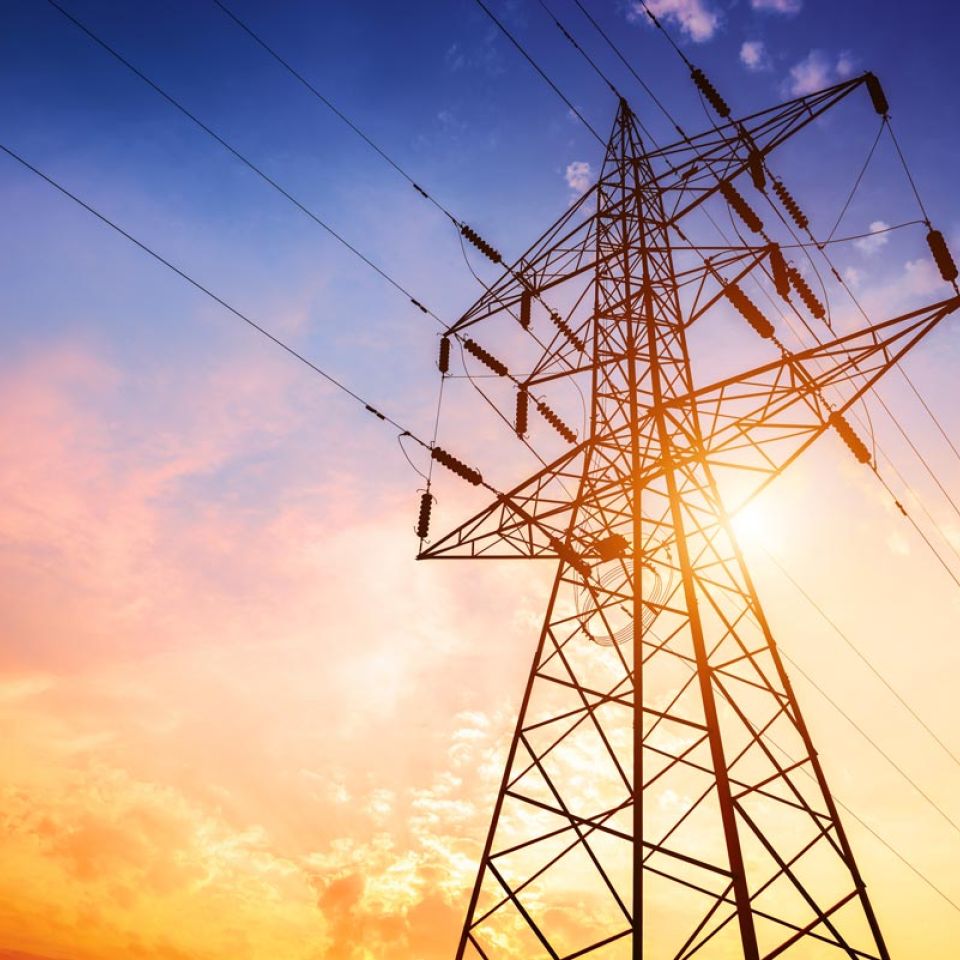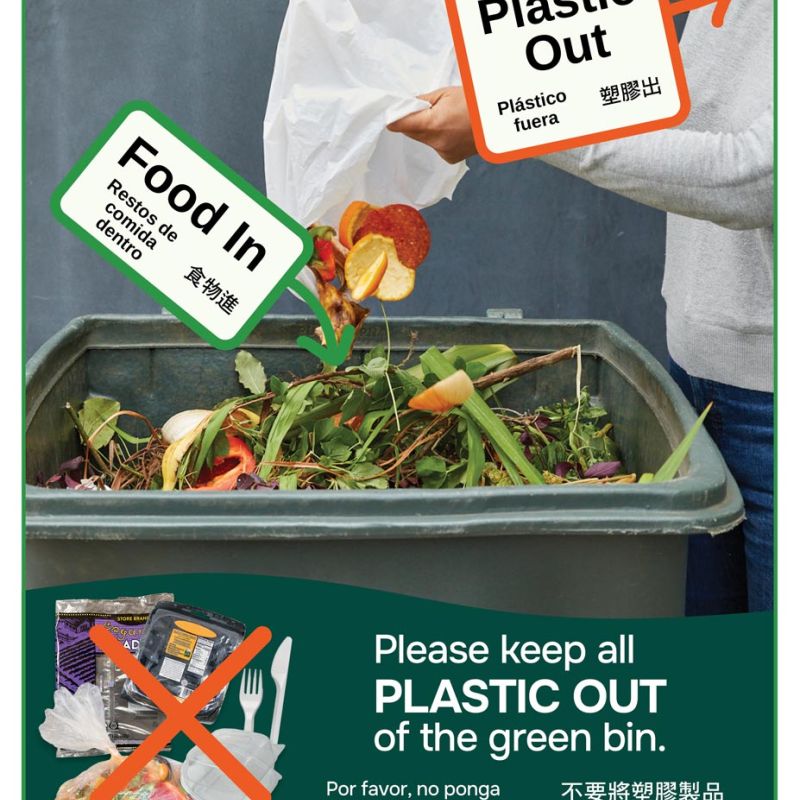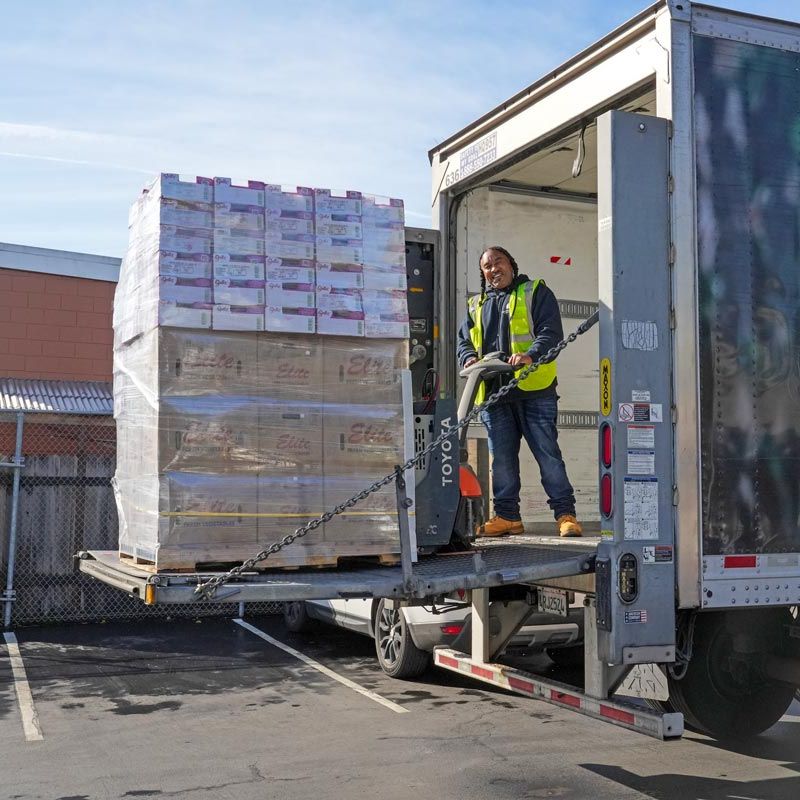
Community Climate Action Plan
The Community Climate Action Plan (CCAP) is a strategic roadmap to guide unincorporated San Mateo County in preparing for climate risks and creating impactful greenhouse gas emission reductions. The Community Climate Action Plan (CCAP) outlines priority actions to achieve a 45% reduction of greenhouse gas emissions over 1990 levels by 2030 and carbon neutrality within unincorporated San Mateo County by 2040. The plan was finalized in October 2022 when it was adopted by the Board of Supervisors.
By reaching goals outlined in the plan, the County of San Mateo will demonstrate leadership in climate action and support the rate of action needed to mitigate the harmful impacts of climate change that the county is already experiencing. The challenge ahead is not just about the fuel that powers our homes and cars, it is about the quality of our communities and our built and natural environments.
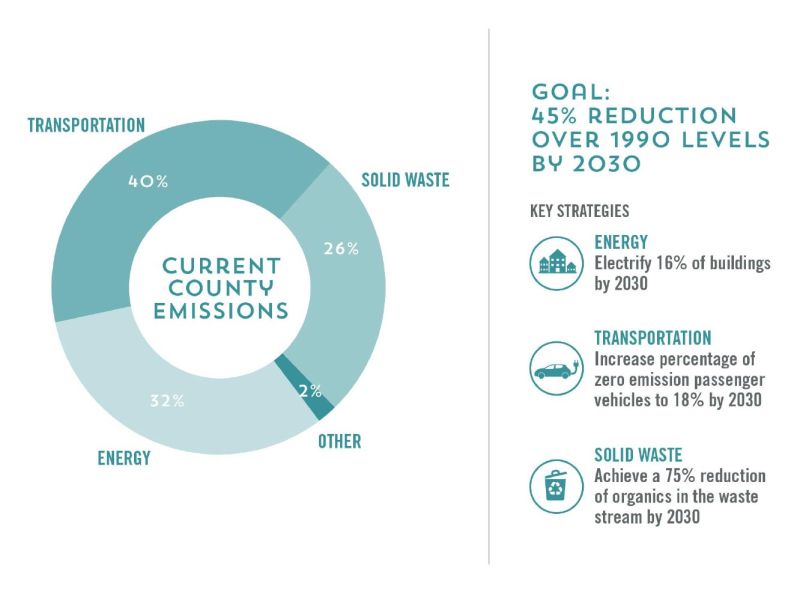
Community Climate Action Plan
Explore the key strategies and actions to reduce greenhouse gas emissions.
Building Energy
Strategies to reduce energy use and transition to renewable energy sources.
Transportation
Strategies to encourage electric vehicle adoption and use transportation modes such as transit, walking, and biking.
Waste
Strategies to reduce waste generation, divert waste from the landfill, and purchase more sustainable goods and services.
Working Lands
Strategies to sequester carbon, enable climate beneficial agricultural practices, and support the local food system.
San Mateo County Emissions Forecast
The goals in the CCAP are to achieve a 45% reduction below 1990 levels by 2030 and carbon neutrality by 2040. Carbon neutrality is defined by the point at which the removal of carbon pollution from the atmosphere meets or exceeds emissions (i.e. San Mateo County is removing more carbon from the air than we are emitting.)
California has a statewide goal of greenhouse gas emissions to be reduced to 40% below the 1990 emissions level by 2030.
The graph below shows the emissions if nothing is done (blue line), emissions taking into account 100% renewable electricity through Peninsula Clean Energy (green line), the historic emissions and path forward to achieve a net-zero emissions (dark blue line), and the emissions reduction trend accounting for the proposed actions (orange line).
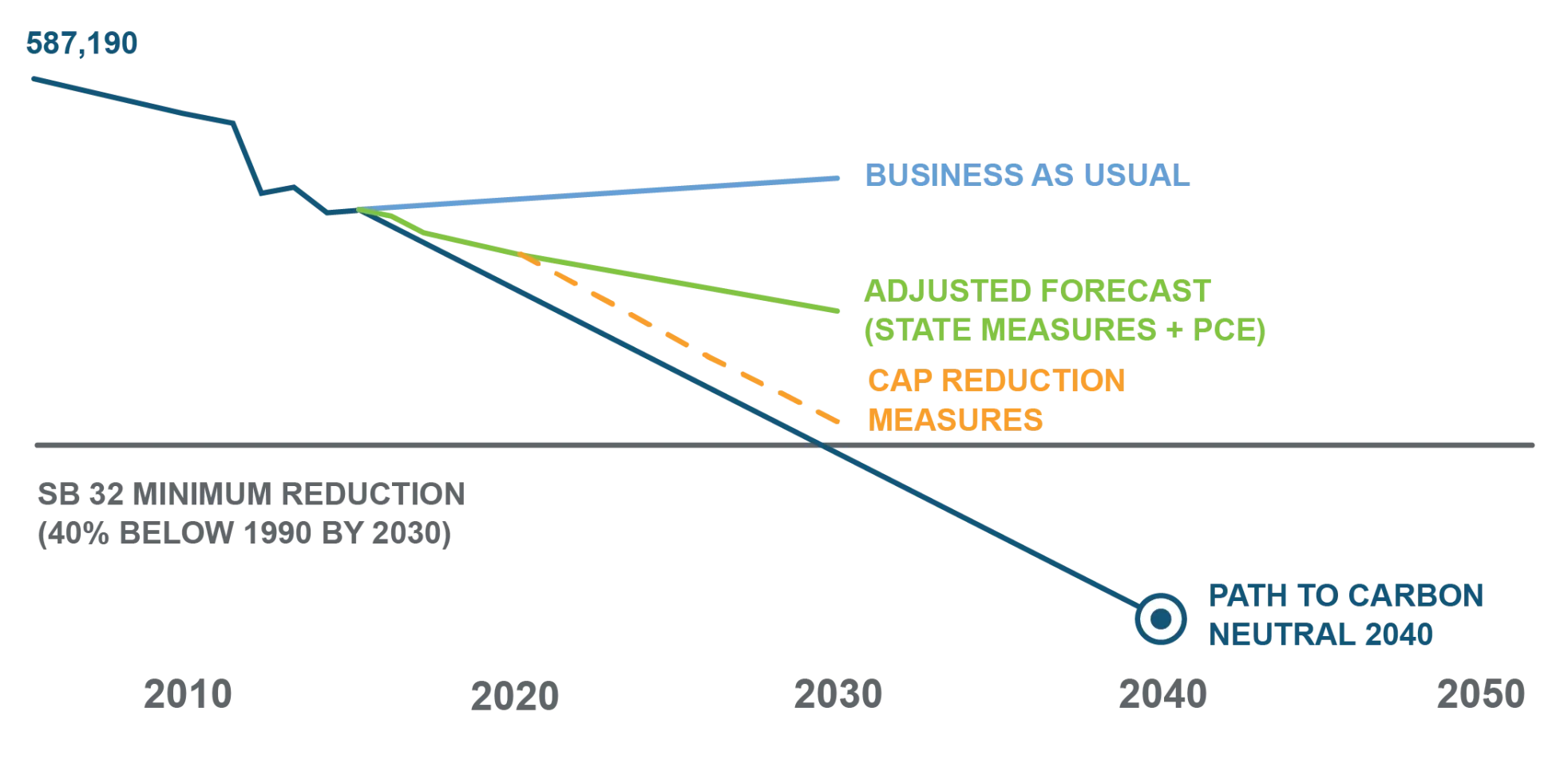
Implementation Highlights
Induction Cooking Demo
In collaboration with the Building Decarbonization Coalition and BayREN, the County supported an induction cooking demonstration in Fall 2024 featuring Chef Reina Montenegro, a local Filipino chef. Chef Reina showcased the power of induction in Filipino cooking, and shared the benefits of induction including precision, safety, and health showing the benefits of cooking using an induction stove.
Energy Performance Reach Code
The Sustainability Department worked with the Department of Planning and Building to adopt an energy performance reach code for new buildings in unincorporated San Mateo County. This reach code will make new buildings more energy efficient, ultimately reducing carbon emissions.
Grid Reliability Explainer
The Sustainability Department released a Grid Reliability Explainer that explores the root causes of power outages and the link between building electrification and electric grid reliability. It also illuminates how local government climate policies can aid in preparing the grid for a decarbonized future.
Community Climate Action Plan Documents
The full Community Climate Action Report (PDF) contains details about how the plan was developed and the specific actions outlined for each sector.
The technical appendix (PDF) summarizes the greenhouse gas reductions methodology and underlying assumptions of the plan.
The environmental documentation (PDF) provides evidence for a negative declaration for the San Mateo County Community Climate Action Plan and General Plan Climate Element.
The Climate Element (PDF) is contained in the San Mateo County General Plan, Chapter 17.


